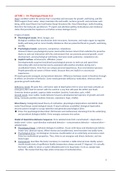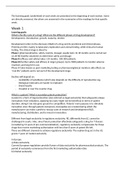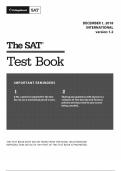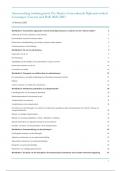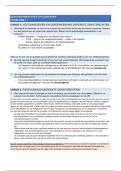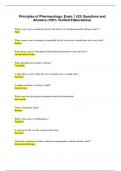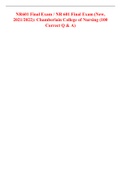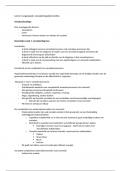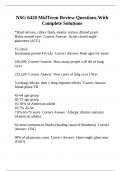Samenvatting
Summary of the book: Understanding Motivation and Emotion (course: Self-regulation)
- Instelling
- Universiteit Utrecht (UU)
Extensive summary of the book: Understanding Motivation and Emotion from John Marhall Reeve, which is part of the course: Self-regulation. The chapters that are summarized are: 4, 5, 6, 7, 8, 9, 10, 11, 12, 13, 14, 15, 16, 17
[Meer zien]
